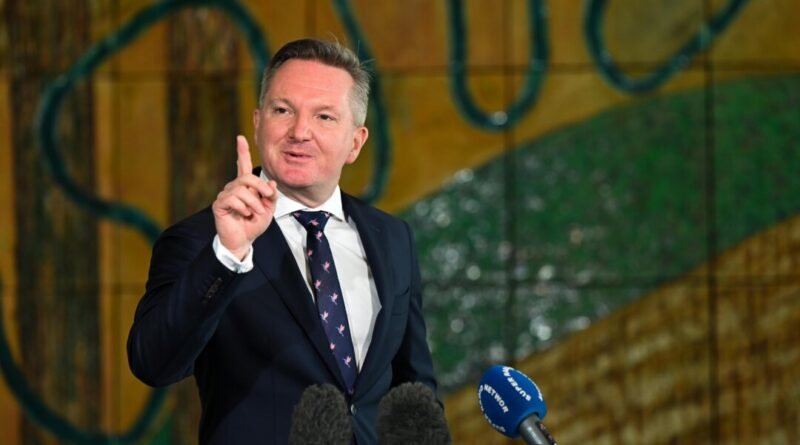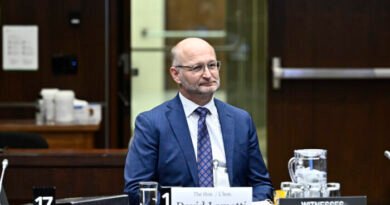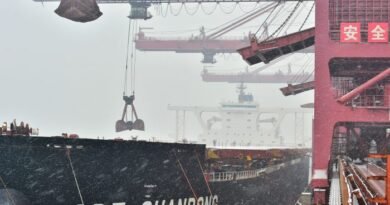Australia and the EU Enhance Critical Minerals Supply Chain to Facilitate Transition to Net Zero
Both Australia and the EU have set ambitious targets to decarbonise their electricity systems.
Australia and the European Union (EU) are eager to establish a bilateral strategic partnership to secure the global supply chain for critical minerals and ensure the participation of Indigenous Peoples and other vulnerable groups, including women and young people, in implementing a just energy transition.
“Europe and Australia are strategic partners, and we have a long history together. We have common values and concerns, notably on the environment, climate change, just transition, and energy security, and we have a common interest for cooperation,” European Union Energy Commissioner Kadri Simson said following recent bilateral meetings with Australian Climate Change and Energy Minister Chris Bowen.
During the discussions, Simson acknowledged Europe’s resilience amidst the energy crisis, attributing it to diversification efforts and global cooperation.
While Europe’s gas supply diversification did not extensively include Australia, Simson expressed gratitude for Australian LNG’s contribution to stabilising global markets, particularly in supplying Asia.
Both entities have set ambitious targets to decarbonise their electricity systems. The EU aims for a 42.5 percent share of renewables in its energy consumption by 2030, while Australia targets an 82 percent share of renewables in its National Electricity Market (NEM) by the same year. Modernising grid infrastructure is highlighted as crucial for achieving these goals.
The discussions also touched upon the ongoing negotiations for a Free Trade Agreement (FTA), with both parties recognising the potential benefits for trade and investment in the energy and resources sectors. Once finalised, the FTA is expected to provide a significant boost to both economies and their respective clean energy transitions.
In addition, the parties also said they are open to further cooperation and collaboration on industrial carbon management through policy and technology information sharing and knowledge exchange, and building on existing efforts and programs.
Australia to Deepen International Relations for Net Zero Ambition
Earlier, Net Zero Economy Agency chair Greg Combet said that the government identified four initial priority areas for the net zero economy, namely refining and processing critical minerals; supporting the manufacturing of energy generation and storage technologies, including batteries; producing renewable hydrogen and its derivatives like ammonia; and forging green metals.
Mr. Combet also emphasized the importance of partnering with other nations to deliver these targets.
“Developing these projects will also require working closely and collaboratively with our major trading partners—which will likely be major investors,” he said.
“While becoming a renewable energy superpower, we can also emerge as a green metals leader by deepening our international relationships.
Net Zero Bills Introduced to Parliament
On March 27, the Australian government introduced two bills to Parliament focused on accelerating the country’s transition towards net zero.
The Net Zero Economy Authority Bill 2024 seeks to establish a new independent statutory authority to promote orderly and positive economic transformation amid global decarbonisation.
On the other hand, the Net Zero Economy Authority (Transitional Provisions) Bill 2024 will enable the transition of the current Department of the Prime Minister and Cabinet’s interim Net Zero Economy Agency to a standalone statutory authority.
The NZEA Bill aims to coordinate net zero efforts across government and key stakeholders, facilitate public and private sector participation and investment in greenhouse gas emissions reduction and net zero transformation initiatives, and support affected workers to transition to a new job or upskill for employment opportunities.
The Bill also provides for the support of First Nations to participate in and benefit from the transition and build community understanding about the transformation.





